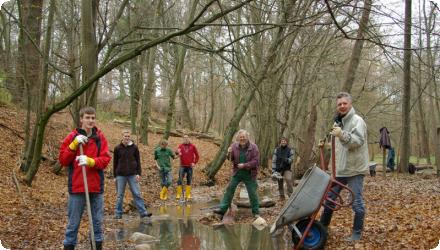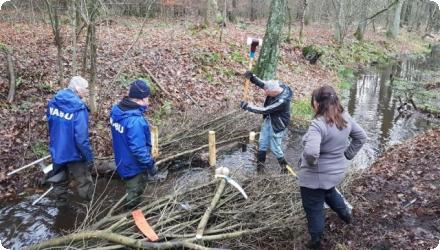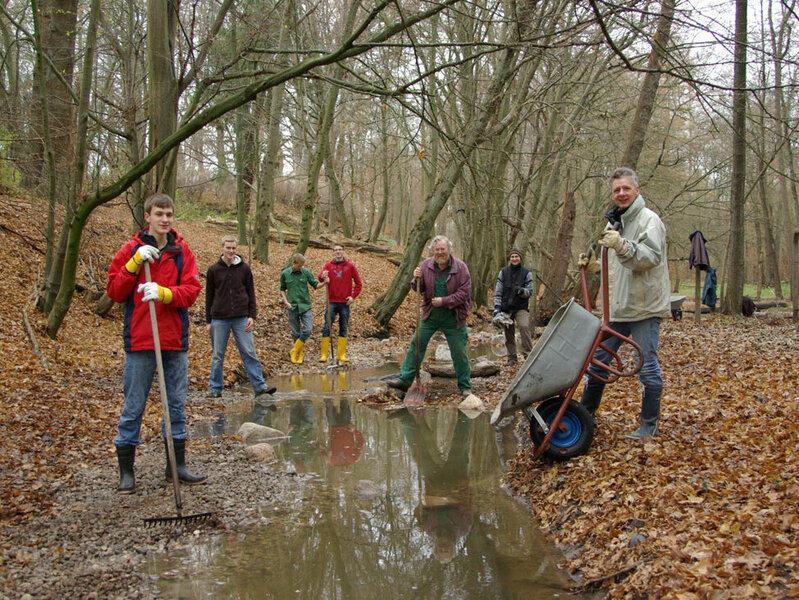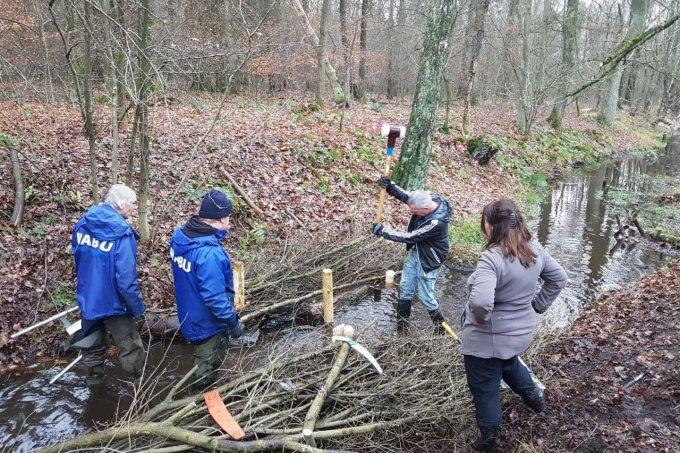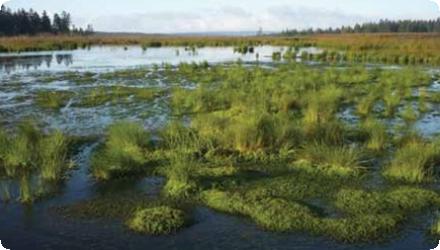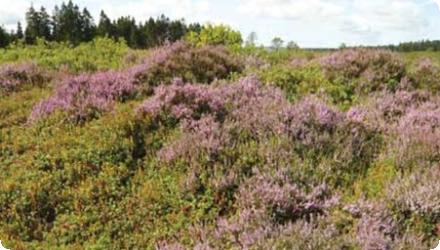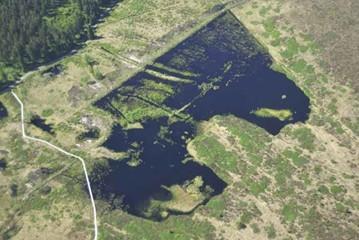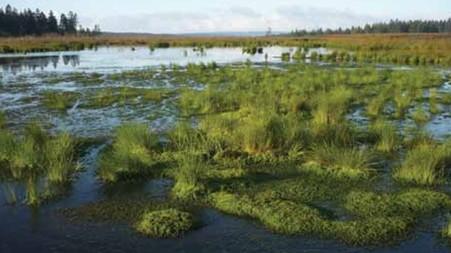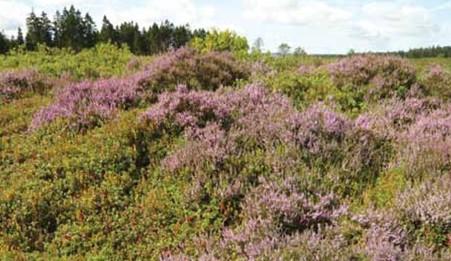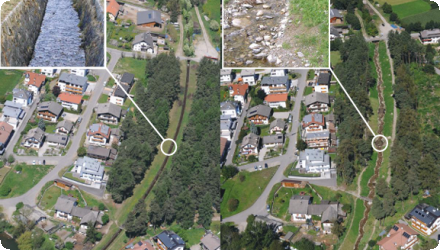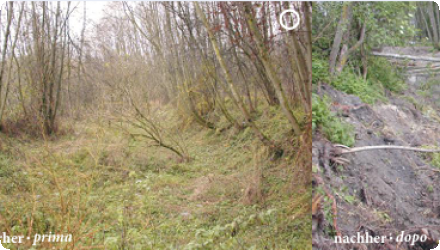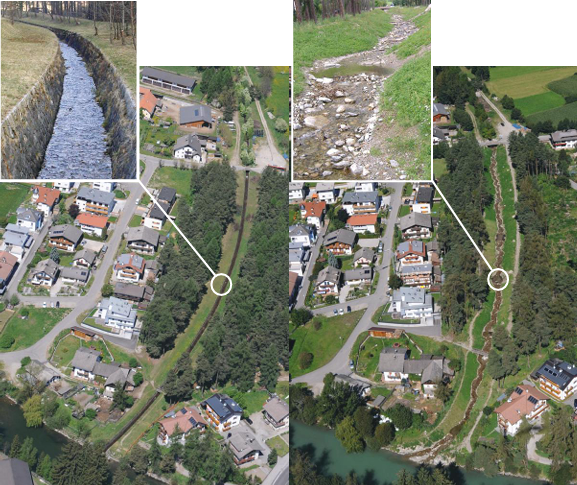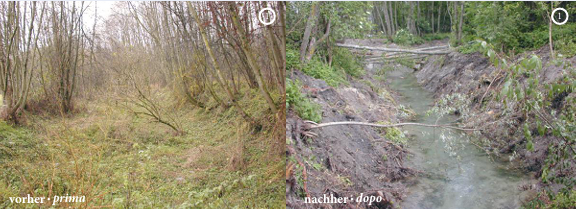Small scale measures under the 'Waters neighborhood Days' in Hamburg, Germany
Photo gallery
Summary
The measures implemented at two river within the city of Hamburg (Germany) included the restoration of rivers and ponds (N1), the revitalization of flowing waters (N5), natural bank stabilization (N10), and channels and rills (U5). They targeted the National Biodiversity Strategy of Germany as well as the achievement of a good ecological status as defined by the WFD. For the identification of locations for possible measures the general public was involved using online forms. The implementation was then carried out by a local chapter of the German nature conservation NGO NABU. This measure proves to be highly effective while easy and cheap to implement, it is therefore considered a success.
Since 2006, the “Waters Neighborhood Days” evolved into regular Bach-Aktionstage, engaging citizens and school groups in restoring small urban streams in Hamburg. Led by NABU and supported by SDW and local authorities, actions include placing deadwood, adding gravel, and removing concrete structures to improve stream morphology and biodiversity. Over 40 events have taken place across multiple streams, with long-term educational and ecological goals.
Since 2006, the “Waters Neighborhood Days” evolved into regular Bach-Aktionstage, engaging citizens and school groups in restoring small urban streams in Hamburg. Led by NABU and supported by SDW and local authorities, actions include placing deadwood, adding gravel, and removing concrete structures to improve stream morphology and biodiversity. Over 40 events have taken place across multiple streams, with long-term educational and ecological goals.
Last update
2023
